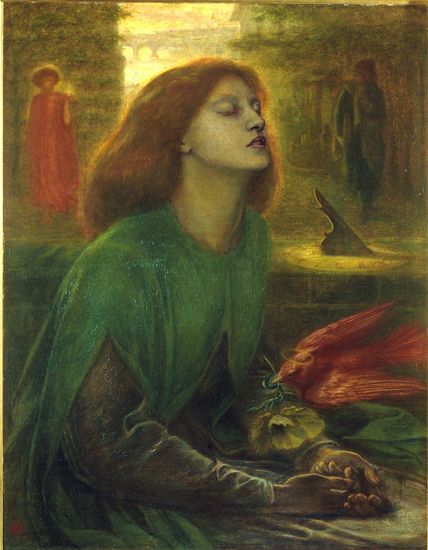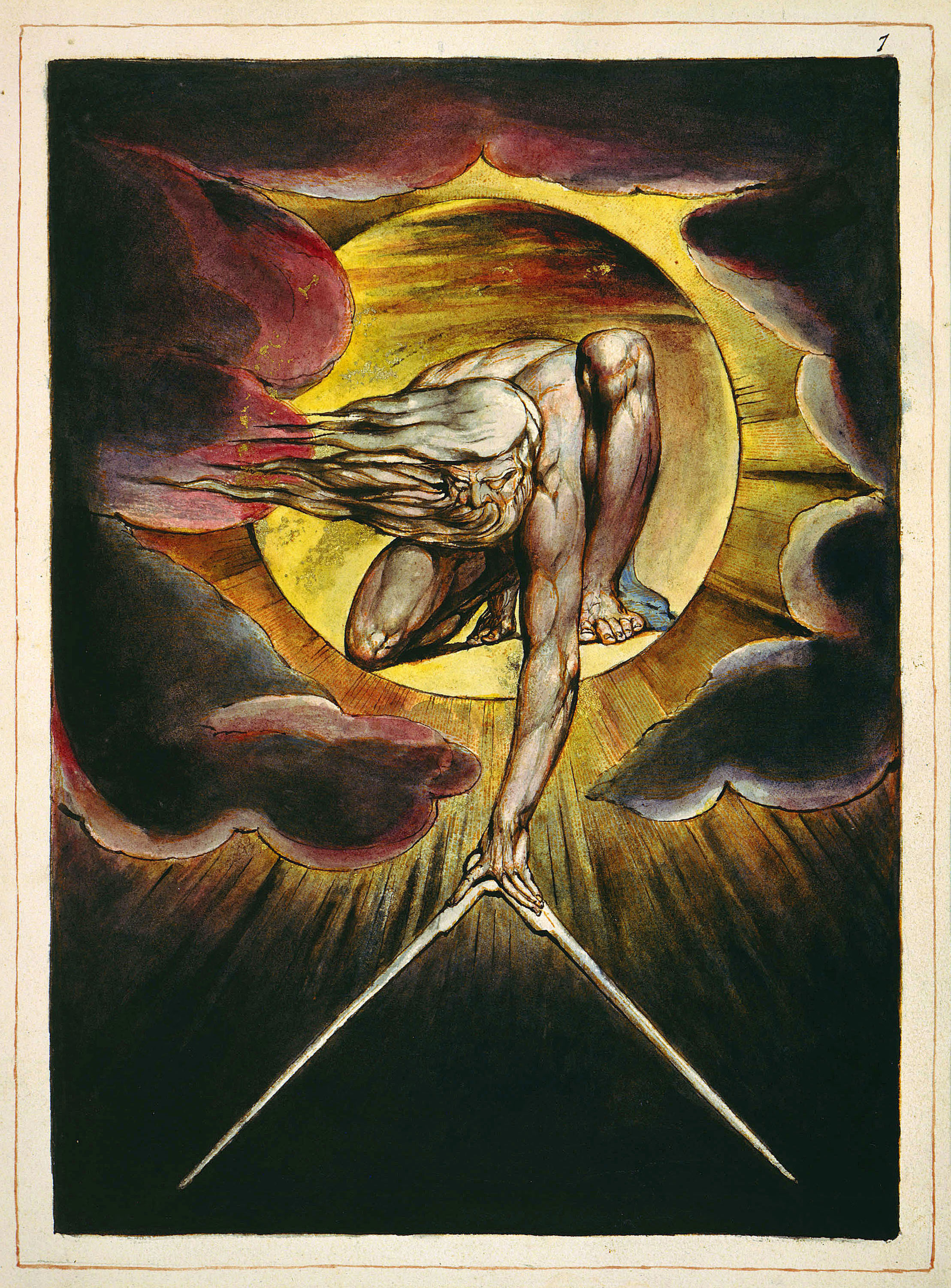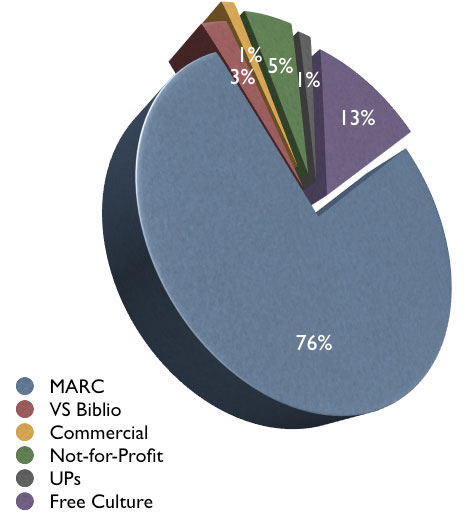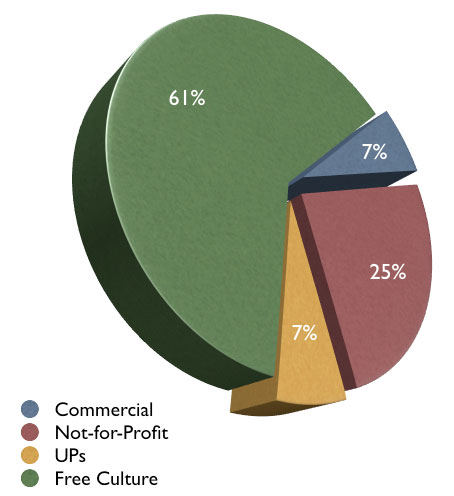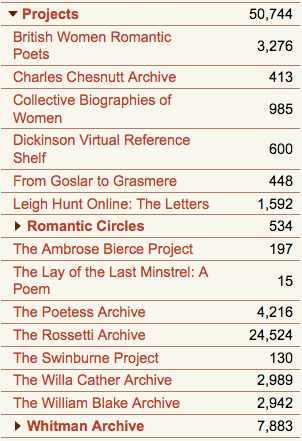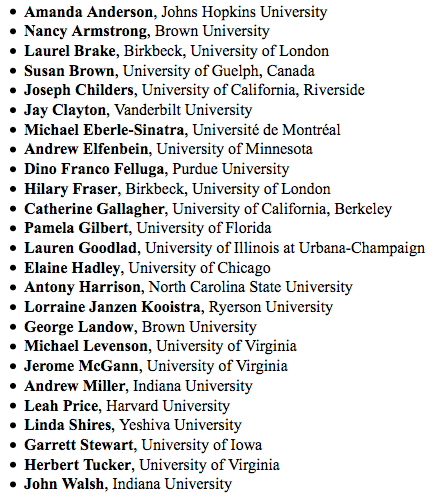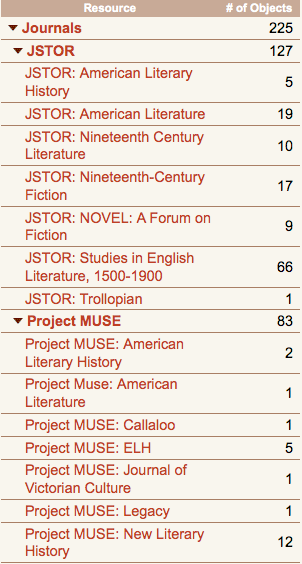American Library Association Talk: NINES, RaVoN and the Future of Academic Publishing
Dino Franco Felluga
Purdue University, West Lafayette
259
Overview
|
Skeuomorphs, RaVoN, and NINES
|
I discuss the skeuomorph’s relation to NINES and to digital scholarship generally in my 2006 article in Victorian Studies, “Addressed to the NINES.” A skeuomorph is a concept borrowed from achaeological anthropology and used by N. Katherine Hayles to make sense of the persistence of old formal structures within new innovations: “A skeuomorph is a design feature that is no longer functional in itself but that refers back to a feature that was functional at an earlier time” (How We Became Posthuman 17). Her example is the vinyl on the dashboard of her Toyota Camry, which has been formed to simulate stitching, though the effect is actually produced by an injection mold. The skeuomorph calls into play “a psychodynamic that finds the new more acceptable when it recalls the old that it is in the process of displacing and finds the traditional more comfortable when it is presented in a context that reminds us we can escape from it into the new” (How We Became 17). The language used to describe the computer and the Internet is rich with skeuomorphs: Web pages, bookmarks, scrolling, desktops, windows, portals, folders, files, documents, trash.
|
American Library Association Talk: NINES, RaVoN and the Future of Academic Publishing
Dino Franco Felluga
Purdue University, West Lafayette
260
|
My point is that digital editing can very easily conform to the status quo without properly exploring what it means truly to participate in the digital revolution. To some extent, this is a necessary condition, a first step that helps to make the threateningly new as familiar and recognizable as possible; however, there is a danger in this skeuomorphic drag. Not surprisingly, the most successful digital ventures in the humanities to date have been established in a way that asks nothing of its individual users:
|
As far as the individual user is concerned, little has changed and this was necessary for early journals like Romanticism on the Net (started in the first year of the Internet’s viability, 1996). By embracing the skeuomorphic drag of the old, the familiar, and—let’s not forget—the successful, our journal was able to compete for contributors and to be recognized by dominant and residual entities like hiring and promotion committees, department chairs determining merit raises, the MLA bibliography, and so on. Similarly JSTOR, Project Muse, ECCO, EEBO, Proquest, Google Books, and so on have succeeded because they have made the digital use of our codex heritage as unthreatening as possible, for example through the use of static HTML, pdfs, and basic text searches.
Because of our academy’s indifference with regard to the digital revolution and our willingness to give commercial entities the responsibility of transmitting our knowledge and cultural heritage, however, we are now experiencing serious problems, problems that particularly affect the next generation of young scholars:
Because of our academy’s indifference with regard to the digital revolution and our willingness to give commercial entities the responsibility of transmitting our knowledge and cultural heritage, however, we are now experiencing serious problems, problems that particularly affect the next generation of young scholars:
- Commercial entities are ultimately concerned about profit. They have succeeded by purchasing our knowledge cheaply and selling back our own work to our libraries at exorbitant rates, thus leading to ever tighter library budgets. The rush to buy these digitized collections has led to reductions in the purchase of our hard-cover UP books and hard-copy journals.
- presses and journals, which relied heavily on library acquisitions to stay solvent, are facing an ever more challenging financial situation, even as the push to publish has increased and internal funding has dried up. The result has been termed by Stephen Greenblatt in his now famous letter from the MLA to members, department chairs and deans, our current crisis in humanities publishing.
- increasing pressure on university presses to stay in the black has meant that publication is no longer driven exclusively by the intellectual value of the work but by what can sell (ever fewer single-author studies, no overly arcane subjects, and a tendency to prefer short, sparingly annotated books on “hot” topics or subjects that are popular in the undergraduate classroom).
- In short, we are allowing entities that are not in it for the knowledge but for the money to dictate the way we do our scholarship, not to mention the fact that these new tools (the Internet, EEBO, ECCO, Google Books, etc.) will ever increasingly affect material aspects of our profession (indexing, researching, archiving, composing, and publishing, on the one hand, communication with our students and forms of medial transfer of information, on the other).
NINES and the Future
|
NINES is an effort by British and American nineteenth-century scholars aimed at:
|

Pie Chart of NINES Aggregation
All Objects Including MARC Records
|
NINES represents an effort also to help us all live together. NINES currently aggregates
404,268 objects, drawn from a variety of sources. A pie chart listing the breakdown of all objects in NINES (see figure on the left) illustrates that a large majority of our objects at the moment are MARC records from particular special collections across the country (the Bancroft, the Lilly, and UVA libraries). If we take out all MARC records and also objects from the Victorian Studies bibliography (see figure on the right), one can see that the majority of research objects comes from "free culture" federated sites that have gone through peer review. In addition, though, we have aggregated all the nineteenth-century articles archived by JSTOR and Project Muse (including full-text searching) as well as collections by commercial enterprises like ProQuest (again, with full-text search). We're now in negotiation to aggregate yet more from ProQuest and Gale, which could quickly change the make-up of my pie chart to the right.
If you are at a university that subscribes to these databases, the move from NINES to the requested resource is seamless. If not, you hit a "roadblock" once you get to ProQuest, JSTOR, or Project Muse. (One can also request that a NINES search only give you free-culture objects.) |

Pie Chart of NINES Aggregation
All Objects Excluding MARC Records
|
American Library Association Talk: NINES, RaVoN and the Future of Academic Publishing
Dino Franco Felluga
Purdue University, West Lafayette
264

Screenshot of NINES Projects
|
Our decentralized, open-source, open-access, and non-profit approach to scholarly publication has allowed us to be as flexible as possible. We have already aggregated some of the best existing online archives, thus allowing users to make supremely precise searches across these previously unconnected resources.
New “free culture objects” will continue to be added to the site as they go through the traditional process of peer review by our editorial board (minimum of two reports by outside scholars). NINES therefore provides born-digital Web resources with a peer-reviewed publication venue, counteracting the previous situation where sites existed as lone wolves in the World Wild Web, but we do this in a way that takes away no autonomy from site creators. |

Victorian Board of NINES
|

Screenshot of NINES Search
Byron Constraint
|
The flexibility of our decentralized approach allows us also to enter into agreements with commercial entities like ProQuest since it is in the best interest of these entities to have the maximum number of nineteenth-century scholars directed to their sites. This has also led to watershed agreements between NINES and both JSTOR and Project Muse.
This means that, right now, one can make searches across these journals and databases from within NINES, including full-text searching for all material aggregated from JSTOR, Project Muse, and ProQuest. This is made possible by a NINES-tailored version of the SOLR search server. Thanks to our use of faceted classification, one can constrain one’s searches in any way one wishes. For example, if I enter “Byron” in my constraints, this list of journals immediately reflects the new constraint, showing how many articles in each journal make reference to Byron (see the screenshot on the left). If I further constrain to “Byron” and “Eliot,” the list shows those journals in which the two terms are mentioned together either in a title, as faceted terms, or in the body of the text (compare the screen shot on the right). And, of course, one can then see one’s search results, including snippets of relevant text. Folksonomy tagging allows the aggregated objects in NINES to be dynamic and largely user-driven. That is, we are creating a social network that allows interpretation to re-enter the system as a social act. Indeed, the most exciting new feature of COLLEX is the ability not only to COLLect but also to EXhibit (and thus repurpose) the objects in one’s “My NINES” collection, an ability that you are seeing in action right here. |

Screenshot of NINES Search
Byron and Eliot Constraint
|
|
So, how does all this impact university libraries? For one, NINES represents a model for how libraries and scholars can work together to preserve our cultural and scholarly archives. U of Virginia libraries and NINES are closely linked in a number of ways:
|
In seeking to offer users a glimpse of the emergent possibilities in the realm of electronic editing and in our effort to eschew the skeuomorphic structures of other approaches to Web publication, NINES offers a number of challenges—to users, to contributors, to scholars at large, and to our scholarly institutions, especially university libraries.
- we challenge users to think about alternative ways to approach the act of interpretation and editing, taking inspiration from social-networking sites like del.icio.us, flickr, and facebook; commercial sites like amazon, iTunes, and Netflix that use the “more like this” or “users also purchased” function to direct users to new objects; even the gaming world so familiar to the “cool” sensibilities of our students.
- we challenge contributors (and the future generation of scholars) to learn how one goes about properly creating Websites in the era of Web 2.0, including World Wide Web Consortium standards for DDT and the use of XML rather than static HTML for the creation of digital sites, not to mention the adoption of the XML standards for humanities publication already established by the Text Encoding Initiative (TEI).
- we challenge scholars at large to embrace this new form of publication and research in a way that allows us to control our own means of production and that resists the corporate logic of gate-keeping and profit margins.
- we challenge our scholarly institutions to provide funds to support this sort of open-source, open-content, non-profit work since it’s in their best interest to do so.
Further Reading
Felluga, Dino Franco. “Addressed to the NINES: The Victorian Archive and the Disappearance of the Book.” Victorian Studies 48 (2006): 305-19.
Hayles, N. Katherine. How We Became Posthuman: Virtual Bodies in Cybernetics, Literature, and Informatics. Chicago: U of Chicago P, 1999.
Mandell, Laura. “What Is the Matter? What Literary Theory Neither Hears Nor Sees.” New Literary History 38.4 (2007): 755-76.
McGann, Jerome. “Culture and Technology: The Way We Live Now, What Is to be Done?” New Literary History 36 (2005): 71-82.
---. Radiant Textuality: Literature after the World Wide Web. New York: Palgrave, 2001.
McGann, Jerome and Bethany Nowviskie. “NINES white paper.” http://www.nines.org/about/9swhitepaper.pdf
Nowviskie, Bethany. “A Scholar’s Guide to Research, Collaboration, and Publication in NINES.” Romanticism and Victorianism on the Net 47 (2007). http://www.erudit.org/revue/ravon/2007/v/n47/016707ar.html
Hayles, N. Katherine. How We Became Posthuman: Virtual Bodies in Cybernetics, Literature, and Informatics. Chicago: U of Chicago P, 1999.
Mandell, Laura. “What Is the Matter? What Literary Theory Neither Hears Nor Sees.” New Literary History 38.4 (2007): 755-76.
McGann, Jerome. “Culture and Technology: The Way We Live Now, What Is to be Done?” New Literary History 36 (2005): 71-82.
---. Radiant Textuality: Literature after the World Wide Web. New York: Palgrave, 2001.
McGann, Jerome and Bethany Nowviskie. “NINES white paper.” http://www.nines.org/about/9swhitepaper.pdf
Nowviskie, Bethany. “A Scholar’s Guide to Research, Collaboration, and Publication in NINES.” Romanticism and Victorianism on the Net 47 (2007). http://www.erudit.org/revue/ravon/2007/v/n47/016707ar.html
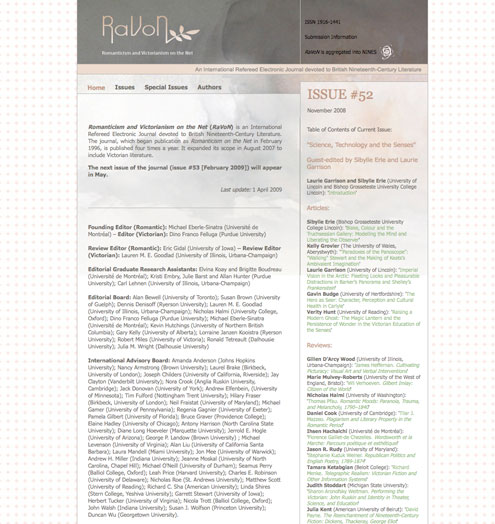


![Swingin round the cirkle, by Petroleum V. Nasby [pseud.] : his ideas of men, politics, and things, as set forth in his letters to the public press, during the year 1866. Illustrated by Thomas Nast.](http://lion.chadwyck.co.uk/marketing/images/PQ_logo_nines.gif)
